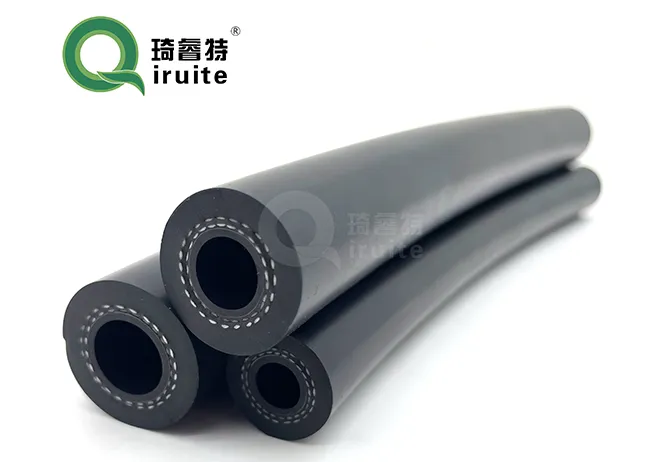audi a4 power steering hose replacement
Audi A4 Power Steering Hose Replacement A Comprehensive Guide
The power steering system in your Audi A4 plays a crucial role in providing a seamless driving experience. One of the vital components of this system is the power steering hose, which carries hydraulic fluid from the pump to the steering gear. Over time, power steering hoses can develop leaks due to wear and tear, heat, or road debris, necessitating a timely replacement. If you're facing issues with the power steering in your Audi A4, or if you just want to understand how to replace the power steering hose, this guide will walk you through the process.
Signs of a Failing Power Steering Hose
Before diving into the replacement process, it's essential to recognize the signs that your power steering hose may be failing. Common symptoms include
1. Fluid Leaks A noticeable puddle of power steering fluid under your car is a strong indicator of a hose leak. 2. Steering Difficulties If you’re experiencing stiff or unresponsive steering, it may be due to a low fluid level caused by a worn-out hose. 3. Unusual Noises Squealing or whining noises when turning the steering wheel can signify a lack of hydraulic fluid, often due to a leak.
If you notice any of these symptoms, it's time to replace the power steering hose.
Tools and Materials Needed
Before starting, ensure you have the following tools and materials
- New power steering hose (specific to your Audi A4 model) - Socket set - Wrenches - Screwdrivers - Power steering fluid - Drain pan - Rags for cleanup - Safety goggles and gloves
Step-by-Step Replacement Process
1. Preparation First, park your Audi A4 on a level surface and engage the parking brake. Allow the engine to cool before beginning work.
audi a4 power steering hose replacement

2. Accessing the Hose Open the hood and locate the power steering pump, which is usually situated on the front of the engine. You may need to remove some engine covers or components for better access.
3. Drain the Fluid Place a drain pan under the power steering pump. Use a wrench to disconnect the old hose by loosening the clamps or fittings. Allow the old fluid to drain completely.
4. Remove the Old Hose Once the fluid has drained, carefully remove the old power steering hose from both the pump and the steering gear. Be mindful of any residual fluid that may still be in the hose.
5. Install the New Hose Take your new power steering hose and connect it to the power steering pump first. Make sure the connections are secure and tighten the clamps or fittings to avoid any leaks.
6. Reconnect to the Steering Gear Next, route the hose to the steering gear and connect it securely. Again, ensure all connections are tight.
7. Refill Power Steering Fluid After installing the new hose, refill the power steering fluid reservoir with the recommended fluid for your Audi A4. Make sure to check your owner’s manual for the correct type.
8. Bleed the System Start the engine and turn the steering wheel from lock to lock a few times to help remove any air trapped in the system. This step is crucial for ensuring smooth steering performance.
9. Check for Leaks After running the engine and cycling the steering wheel, inspect all connections for any signs of leaks. Tighten any loose fittings as necessary.
10. Final Checks Once everything is secure and leak-free, dispose of the old fluid properly and clean up any spills.
Conclusion
Replacing the power steering hose in your Audi A4 might seem daunting, but with the right tools and careful steps, it can be tackled as a DIY project. Regular maintenance of the power steering system will enhance your vehicle’s performance and ensure a smoother driving experience. If you're ever uncertain about the process, consulting a professional mechanic is always a wise choice. Safe driving!
-
Ultimate Spiral Protection for Hoses & CablesNewsJun.26,2025
-
The Ultimate Quick-Connect Solutions for Every NeedNewsJun.26,2025
-
SAE J1401 Brake Hose: Reliable Choice for Safe BrakingNewsJun.26,2025
-
Reliable J2064 A/C Hoses for Real-World Cooling NeedsNewsJun.26,2025
-
Heavy-Duty Sewer Jetting Hoses Built to LastNewsJun.26,2025
-
Fix Power Steering Tube Leaks Fast – Durable & Affordable SolutionNewsJun.26,2025

